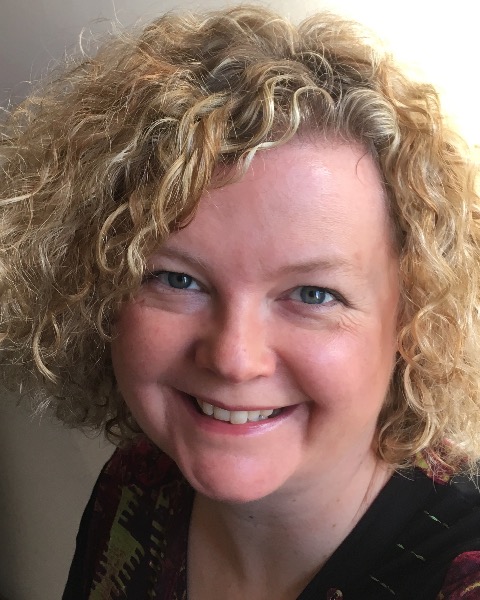Back
Main Conference
Clinical Paramedicine
Mountain Medicine: Lessons from Snowdonia, UK
Thursday, October 13, 2022
10:30 AM – 11:30 AM EDT
Location: 331A

Linda Dykes, MD
Dr Linda Dykes Consultant in Emergency and Interface Frailty Medicine
Wye Valley NHS Trust UK (NHS), UK
Leominster, England
Speaker(s)
Description: Snowdonia National Park in North Wales, UK, attracts 10 million visitors every year, of whom about 120 become ill or injured "off the beaten track", and require the assistance of Mountain Rescue Teams and/or a Search & Rescue Helicopter.
Using data from a unique multi-agency database of Snowdonia mountain casualties collected between 2005 and 2018, this presentation reveals what really happens to people who become ill or injured in tourist destinations in inaccessible places... and some of the findings will surprise you.
Combining data, clinical pearls, an insight into the logistical challenges faced by volunteer Mountain Rescue team medics, and examples of the benefits that the multi-agency Bangor Mountain Medicine project brought to the local Emergency Medicine, SAR helicopter, & Mountain rescue community, come along if you are interested in trauma, enjoy the great outdoors, or want to see what multi-agency data can reveal.
Using data from a unique multi-agency database of Snowdonia mountain casualties collected between 2005 and 2018, this presentation reveals what really happens to people who become ill or injured in tourist destinations in inaccessible places... and some of the findings will surprise you.
Combining data, clinical pearls, an insight into the logistical challenges faced by volunteer Mountain Rescue team medics, and examples of the benefits that the multi-agency Bangor Mountain Medicine project brought to the local Emergency Medicine, SAR helicopter, & Mountain rescue community, come along if you are interested in trauma, enjoy the great outdoors, or want to see what multi-agency data can reveal.
Learning Objectives:
- List some differences in injury pattern between urban and mountain falls
- Give examples of non-remote situations with difficult access where a winch extraction may be beneficial
- Give examples of extrication challenges that must be overcome when rescuing casualties from mountainous environments
